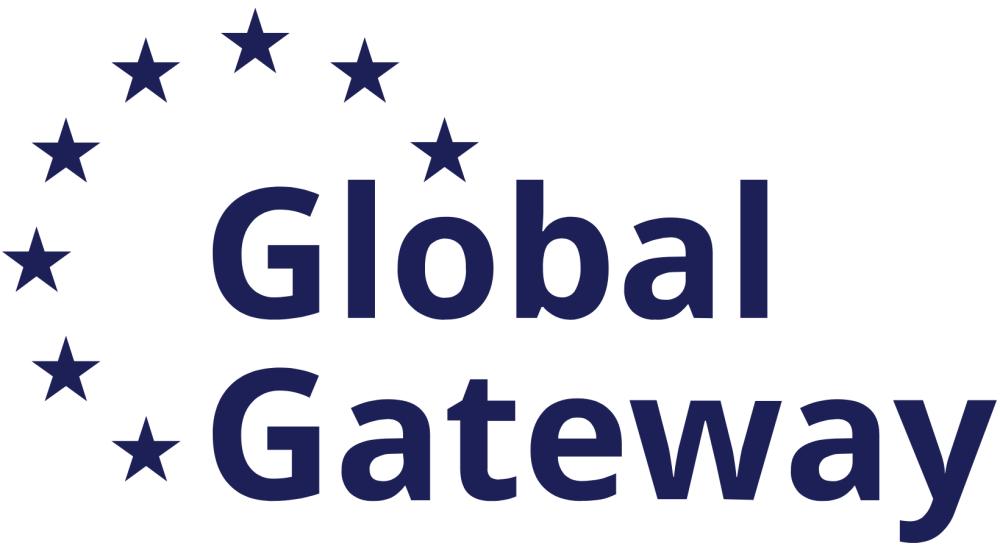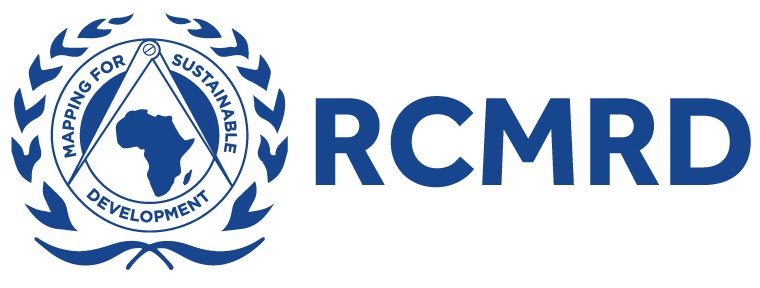 Translate
Translate
News
Mozambique Unites to Restore a Wildlife Corridor in the Great Limpopo Transfrontier Conservation Area
20 November 2025


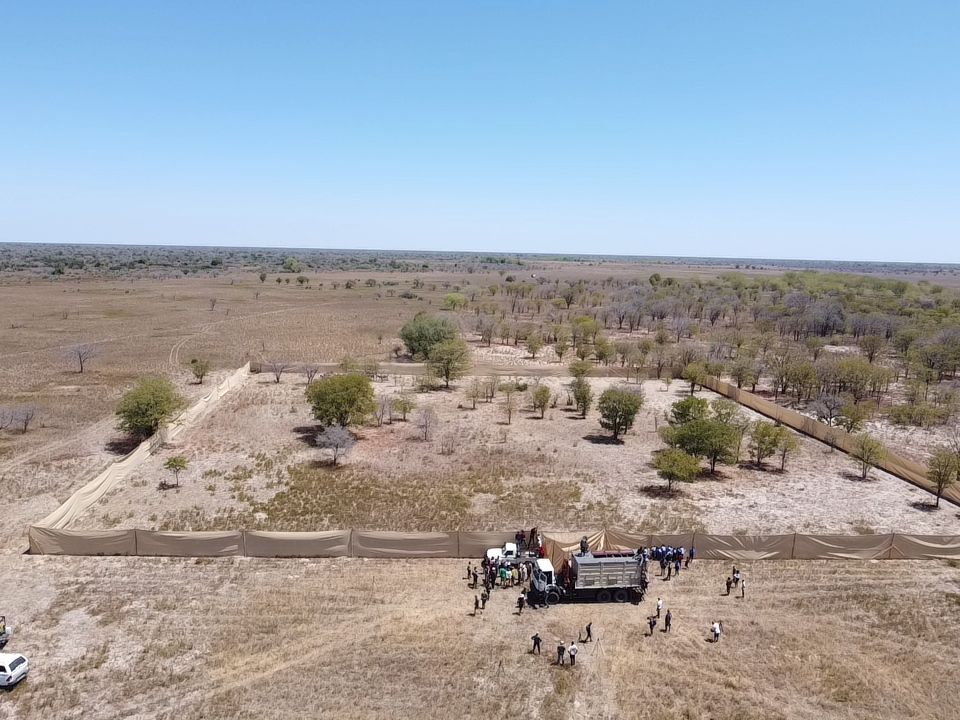
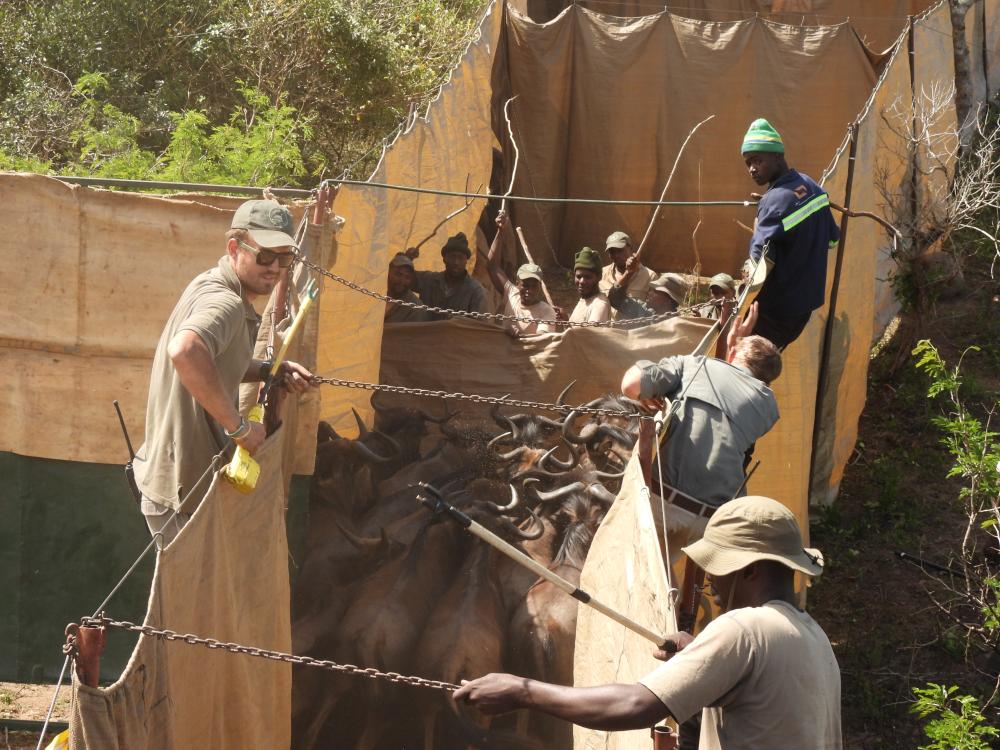
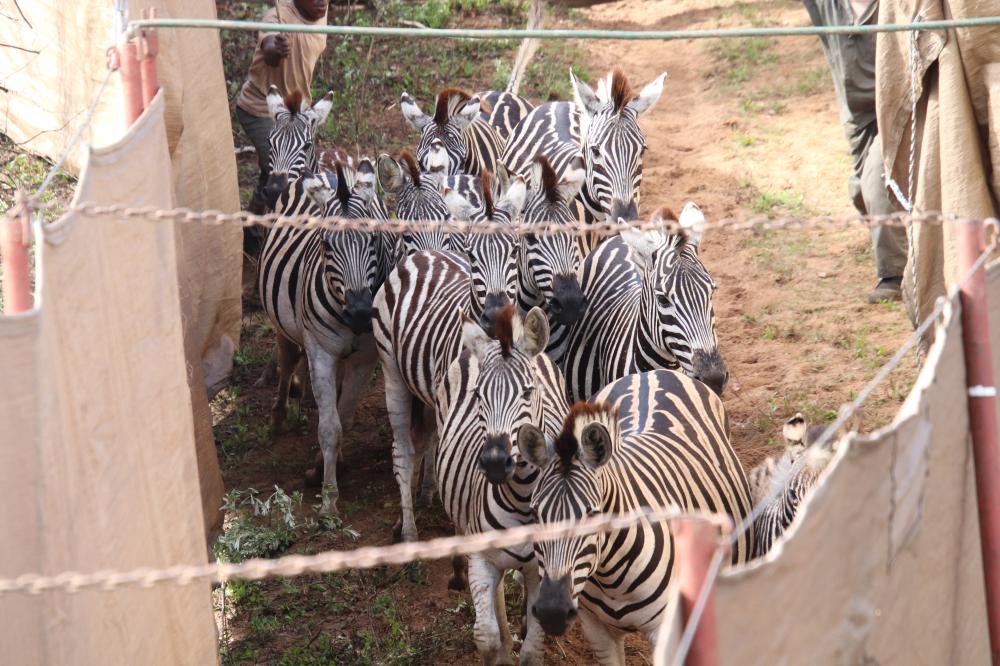
Banhine National Park, 9 October 2025
Mozambique has reached a remarkable milestone in conservation. Maputo National Park in the Lubombo Transfrontier Conservation Area has recovered so well that it not only received World Heritage Site status this year, but also enabled the first plains game translocation to Banhine National Park in the Great Limpopo transboundary landscape in August. This achievement is the result of years of dedication by government, communities and partners working side by side.
Mozambique has reached a remarkable milestone in conservation. Maputo National Park in the Lubombo Transfrontier Conservation Area has recovered so well that it not only received World Heritage Site status this year, but also enabled the first plains game translocation to Banhine National Park in the Great Limpopo transboundary landscape in August. This achievement is the result of years of dedication by government, communities and partners working side by side.
This landmark effort by the Government of Mozambique, through the National Administration for Conservation Areas (ANAC), shows how one park’s renewal can help restore another– strengthening ecological linkages across the Great Limpopo Transfrontier Conservation Area.
Maputo’s recovery supports Mozambique’s wider landscape
Over the past decade, Maputo National Park has undergone a steady renewal. With support from government, communities and partners such as the World Bank and Peace Parks Foundation, 5,388 animals of 14 species have been reintroduced since 2010. Maputo now holds more than 30,000 wild animals, an encouraging sign of a healthy ecosystem able to support predators and sustain its role as a source of life for the region. For the first time, one Mozambican park is strong enough to help rebuild another.
Restoring Banhine’s role in the Great Limpopo
Banhine National Park plays a key role in securing biodiversity and human resilience in one of Mozambique’s most arid regions. Its seasonal wetlands and savanna habitats support rare and endemic species while acting as an ecological bridge between Kruger, Limpopo and Zinave national parks in the transboundary landscape. Ongoing work to strengthen natural resource governance and improve rural livelihoods is critical in this fragile landscape, where drought, isolation and poverty amplify conservation challenges. Together, these efforts support ecological stability and local stewardship across the broader transboundary system.
“By supporting Banhine, we are protecting the corridors that, like arteries, connect the heart of the Great Limpopo landscape,” says Miguel Gonçalves, Maputo National Park Warden.
The 385 plains game that arrived in August through a carefully coordinated effort are a spark of renewal – returning grazers to a landscape that had been silent for decades.
Communities and partners building resilience
Since 2018, ANAC together with Biofund, the World Bank and Peace Parks Foundation has been investing in rebuilding Banhine, focusing on community programmes, park management resources, essential infrastructure and improved protection. In 2024, 35 new rangers, including 17 women joined the force.
With donor support from the COmON Foundation and the German Postcode Lottery, a multi-year restoration programme is underway. It began with the development of a wildlife sanctuary featuring permanent water, secure fencing and new access roads.
Looking forward
The arrival of plains game from Maputo National Park marks a major step in restoring balance to Banhine’s ecosystem, while creating future opportunities for eco-tourism and local jobs.
“This is Mozambique’s achievement,” says Werner Myburgh, Chief Executive Officer of Peace Parks Foundation. “Led by ANAC and supported by communities, donors and partners, Peace Parks is honoured to stand alongside them. Restoring landscapes at this scale is only possible when everyone works together.”
Together, these efforts prove what is possible when government, communities and partners stay the course. Restoration at this scale was once unimaginable. Today, it is happening right across Mozambique.
For more information contact: Ivan Mauro Zacarias on ivan.zacarias@anac.gov.mz or Lindsay Barnes on lbarnes@peaceparks.org
Maputo’s recovery supports Mozambique’s wider landscape
Over the past decade, Maputo National Park has undergone a steady renewal. With support from government, communities and partners such as the World Bank and Peace Parks Foundation, 5,388 animals of 14 species have been reintroduced since 2010. Maputo now holds more than 30,000 wild animals, an encouraging sign of a healthy ecosystem able to support predators and sustain its role as a source of life for the region. For the first time, one Mozambican park is strong enough to help rebuild another.
Restoring Banhine’s role in the Great Limpopo
Banhine National Park plays a key role in securing biodiversity and human resilience in one of Mozambique’s most arid regions. Its seasonal wetlands and savanna habitats support rare and endemic species while acting as an ecological bridge between Kruger, Limpopo and Zinave national parks in the transboundary landscape. Ongoing work to strengthen natural resource governance and improve rural livelihoods is critical in this fragile landscape, where drought, isolation and poverty amplify conservation challenges. Together, these efforts support ecological stability and local stewardship across the broader transboundary system.
“By supporting Banhine, we are protecting the corridors that, like arteries, connect the heart of the Great Limpopo landscape,” says Miguel Gonçalves, Maputo National Park Warden.
The 385 plains game that arrived in August through a carefully coordinated effort are a spark of renewal – returning grazers to a landscape that had been silent for decades.
Communities and partners building resilience
Since 2018, ANAC together with Biofund, the World Bank and Peace Parks Foundation has been investing in rebuilding Banhine, focusing on community programmes, park management resources, essential infrastructure and improved protection. In 2024, 35 new rangers, including 17 women joined the force.
With donor support from the COmON Foundation and the German Postcode Lottery, a multi-year restoration programme is underway. It began with the development of a wildlife sanctuary featuring permanent water, secure fencing and new access roads.
Looking forward
The arrival of plains game from Maputo National Park marks a major step in restoring balance to Banhine’s ecosystem, while creating future opportunities for eco-tourism and local jobs.
“This is Mozambique’s achievement,” says Werner Myburgh, Chief Executive Officer of Peace Parks Foundation. “Led by ANAC and supported by communities, donors and partners, Peace Parks is honoured to stand alongside them. Restoring landscapes at this scale is only possible when everyone works together.”
Together, these efforts prove what is possible when government, communities and partners stay the course. Restoration at this scale was once unimaginable. Today, it is happening right across Mozambique.
For more information contact: Ivan Mauro Zacarias on ivan.zacarias@anac.gov.mz or Lindsay Barnes on lbarnes@peaceparks.org
More information: https://www.peaceparks.org/bringing-wilderness-back-from-the-brink/



